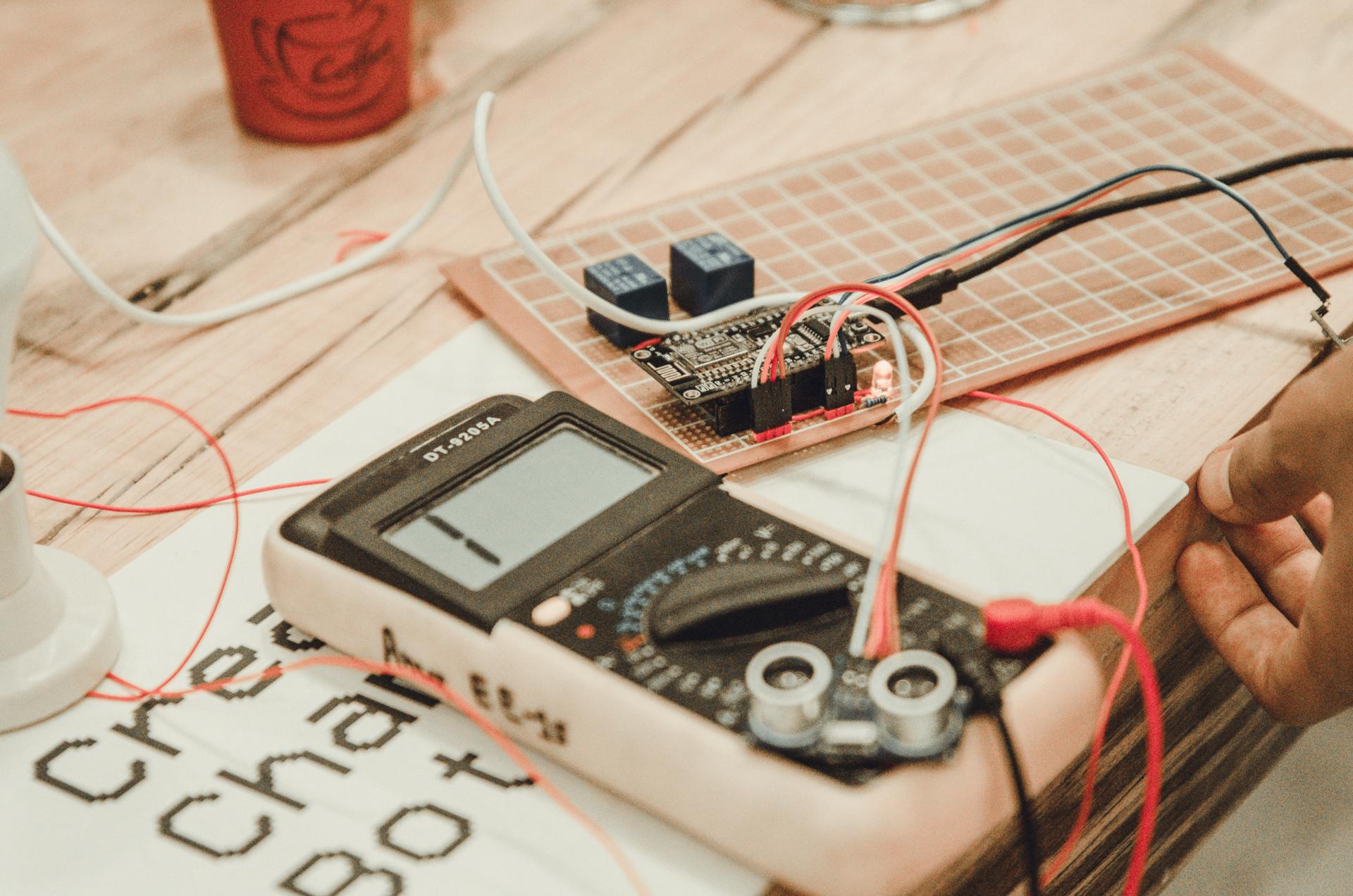The Importance of Electrical Security Testing in Your House

In the realm of home safety one of the primary aspects to be considered is the safety of electrical wiring. Testing for electrical safety is the procedure of testing the electrical system of your home to ensure that it’s safe and current. In this article we’ll give you an overview of what electrical safety testing are, what tools will be required in order to carry them out, how to carry out the tests and what warning signs you should be on the lookout for.
What’s an Electrical Safety Test?
A safety test for electrical appliances is the procedure of examining the electrical system in your home to ensure that it is safe and working in a proper manner. Electrical safety tests are important as they can in preventing electrical fires and electrical accidents and also ensure the long-term durability the electrical systems you have.
Equipment Required to conduct an electrical Safety Test
To conduct an electrical safety test, you’ll require a few basic equipment. This includes the voltage tester, a continuity tester, circuit tester, as well as outlets tester. It is utilized to test for live circuits while the continuity tester is used to check for damaged circuits. Circuit testers are used to detect wiring problems and the outlet tester is utilized to identify electrical issues in outlets. It is crucial to use the tools correctly in order to obtain accurate results.
How do I Conduct an Electrical Safety Test
To perform an electric safety check at your home take these steps:
Shut off the power supply on the circuit or circuits you’re conducting tests on.
Use your voltage tester to look for live circuits.
Make use of the continuity tester to test for broken circuits.
Use the circuit tester to test for wiring faults.
Make use of the outlet tester to look for electrical problems in the outlets.
During the testing process, be sure to look for any evidence of wear or damage on the wiring that could indicate frayed or broken wires, burn marks, as well as loose or damaged connections. If you spot any problems, it’s important to address them as soon as possible to prevent potential hazards.
Signals of electrical problems to be Watchful for
There are several warning signs that could indicate electrical issues in your home. These include flickering lights, frequent circuit breaker tripping, buzzing or crackling sounds emanating from outlets. They also include hot or discolored outlets, and a burning smell. If you spot any of these warning signs, it’s important to act immediately to prevent possible electrical hazards.
Conclusion
Electrical safety tests are crucial for ensuring your safety and your family. By performing regular tests and taking care to address any issues immediately, you can avoid potential hazards to electrical equipment and extend the lifespan of your electrical system. If you require assistance with electrical testing and repairs do not hesitate to call Local Electrician Beecroft. Our experienced team can give you professional guidance and support. Contact us at 1300 610 481 to schedule an appointment or request a quote.
FAQ Section
When should I do an electrical safety test in my home?
We suggest conducting safety tests for electrical equipment at least once per year.
Do I have the ability to conduct the electrical test by myself or do I need a professional?
While you can perform the electrical test yourself but it’s best to hire an expert to guarantee accurate results and to avoid any potential dangers.
What are the most common electrical problems found in an electrical safety check?
The most common electrical problems discovered during a safety check comprise malfunctioning wiring, overloaded circuits and outdated electrical systems.
What should I do if encounter a problem during the electrical safety test?
If you find an issue during the electrical safety test it is important to act quickly. This may involve calling an expert electrician to resolve the issue or replacing damaged equipment.
